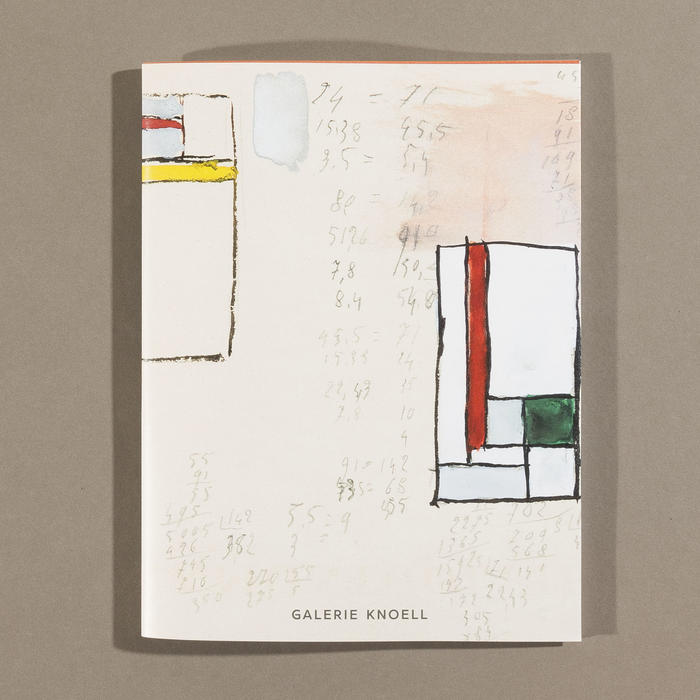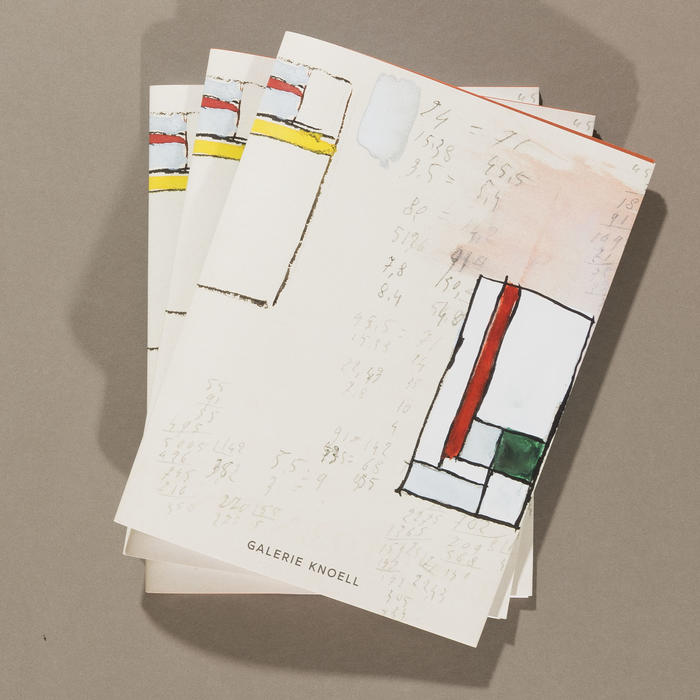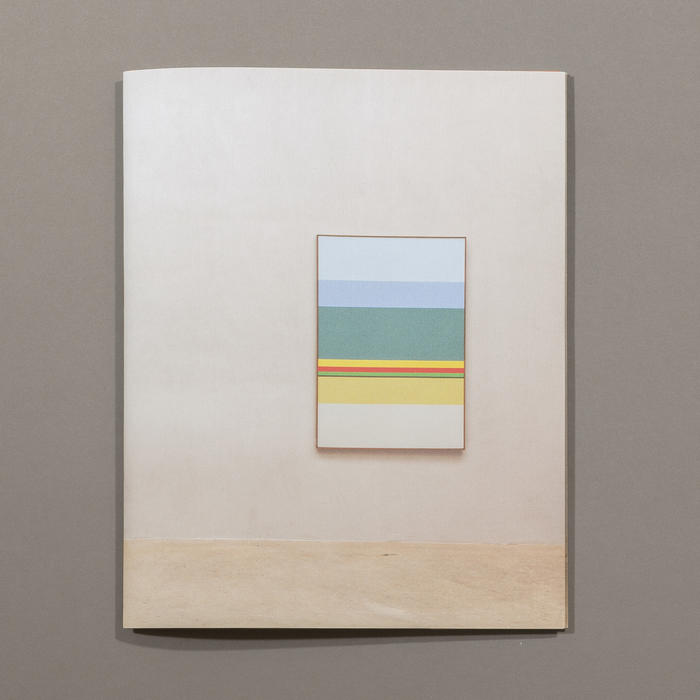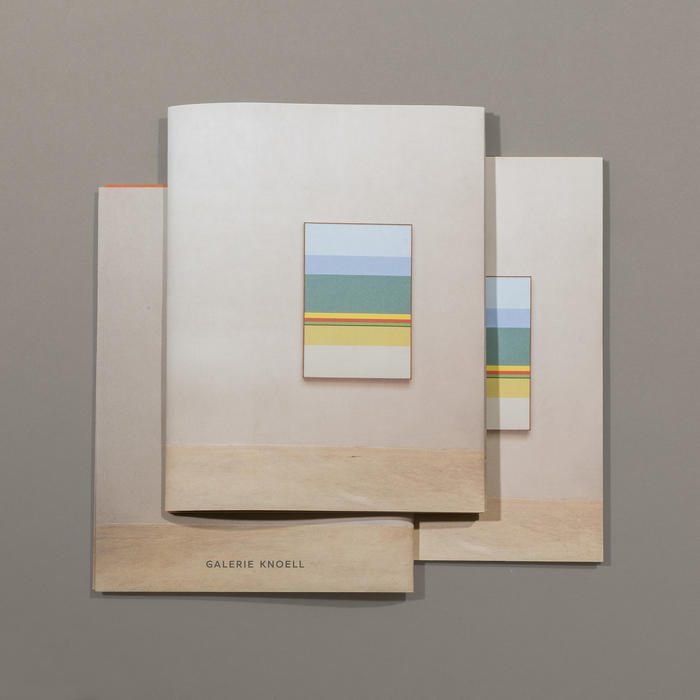Verena Loewensberg
1912 — 1986
The biography of Verena Loewensberg is limited. In a rare interview, which I was able to conduct in 1977 in her smart, minimalist decorated Zürich apartment, she mused that it was around 1935-36 she saw her first Concrete image in a dream. “I have no theory, I am dependent on things that occur to me,” she explained. This quote, which has been mentioned many times in texts written about her painting, does indeed convey an unusually personal, and therefore incredibly telling statement about her artistic independence. Even her painted works, always Untitled, are inscribed only with their year of creation: written statements do not exist.
In 1936, Loewensberg participated in the exhibition “Time Problems in Swiss Painting and Sculpture” at the Kunsthaus Zürich and contributed two works in coloured pencil which, whilst tending toward abstraction, had not yet been developed into her distinctively coherent geometric compositions. The modest, small-format catalogue that accompanied the exhibition unites some important voices of the time, shedding light onto some important contemporary preoccupations. The catalogue introduction, written from an art historical perspective, encouraged a rather hesitant audience to ‘see with the eyes of today’s painters.’ It was written by the art and architectural historian Sigfried Giedion, who was indispensable in the contemporary promotion of the avant-garde. Amongst other contributors, Le Corbusier wrote an expressive swan song for a generation of outmoded yet still present artists, and Max Bill published his very first definition of ‘concrete design’, which was printed in decidedly lower case. The exhibits themselves were jumbled, mixed, geometrically arranged on a small scale.
Loewensberg trained in crafts and weaving techniques, and also took lessons in modern dance. The artist initially taught herself to paint with the help of a textbook, and she furthered her artistic education after moving to Paris. Her pictures were executed flawlessly, without blemish or visible brush marks. We can tell from her initial, discarded preliminary sketches that she did not paint using an easel, but worked instead on a flat table surface.
Excerpts from "Verena Loewensberg - the apparent lightness of painting" by Margit Weinberg Staber, published in the catalogue for the exhibition of the same name "Verena Loewensberg", shown from 5 June to 13 July 2019 at Galerie Knoell.
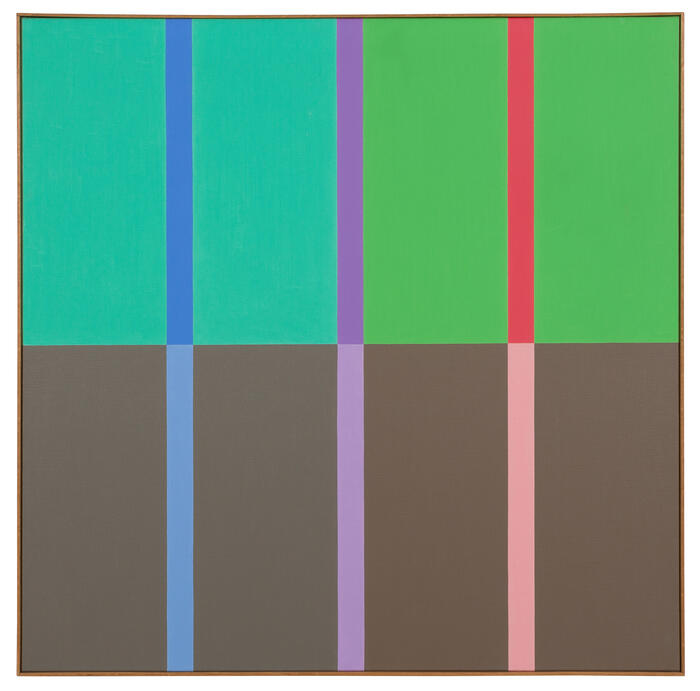 Ohne Titel, 1978
Ohne Titel, 1978 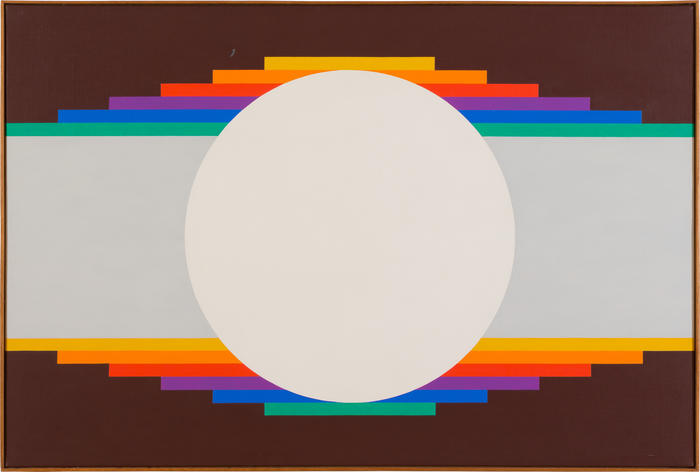 Untitled, 1977
Untitled, 1977 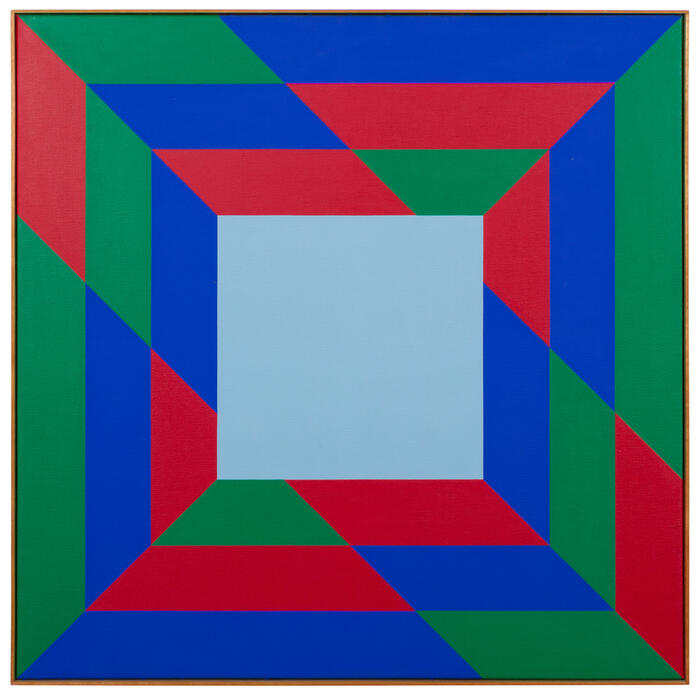 Ohne Titel, 1970/71
Ohne Titel, 1970/71 